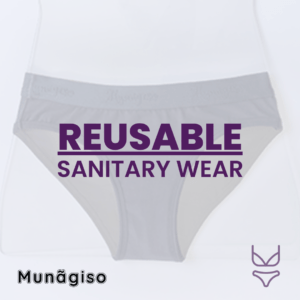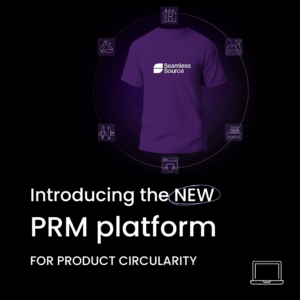You may have come across our previous article’ ‘What is a Tech Pack?’ – now you need to know how to make one as this is an important part of the production process.
Some key areas to complete your Tech Pack include:
1. The placement of the fabric: this section goes into detail on the assembly of your clothing and should include construction diagrams. Drawings of your designs must include labels of what fabrics you’d like to use and what area you want to use them in. Go into as much detail as you can in this, you may also want to include where you want your label / care label to be. Make sure you also label what each pattern corresponds to. Add notes and arrows as much has you can and make you check your spelling to avoid any errors and misinterpretations.
2. Sketches and descriptions: black and white flat sketches that show a front and back view of your designs. This can be drawn out and scanned in or completed on Adobe (illustrator).

3. Mood-boards and other inspiration: Use a variety of primary and secondary images of patterns, prints, textures, cuts, colours and styles that inspired you to create your final design ideas. Having this visual element will make it easier for your pattern cutter and manufacturer.
4. The colour scheme: Choosing specific colours that you want for your design is vital in order to get the exact look and style you want for your garment. Include the name of the colour (you could get this from Pantone) and add a colour swatch on the side. If your design heavily focuses on print, you can add print colourways.
5. List of materials: This is where you will go into details of the fabric you want to use. It should include the material choice for the shell, lining, pockets, fasteners and even the labels. Make sure you translate clearly what material is used for each section of the design and to add comments of any details.
In terms of the actual material itself, ensure you add the fibre content, what the material is made off and the ID numbers if possible. You may also add the supplier details (who is supplying the fabric) and colour numbers / names (using Pantone). The more detail the better!

6. Seam to seam measurements: This is one of the trickier parts of the Tech Pack but it is a critical stage that needs to be completed, by doing so, you are ensuring your garment will have the right fit and style. This step should include;
– Point of Measure: Each piece of the garment should basically attach to each other to complete one full and accurately measured design. Writing down each measurement for each part of the design is vital to reinforce these accurate results. Go into as much detail as you can; identifying how the measurements must be done so that the manufacturers have a clear idea on how each section needs to be measured and made.
– Requested: This is the final size of your product. On this part, you need to define your final and actual measurements. Your manufacturer may be able to assist you in this to ensure you get the measurements spot on.
– Tolerance: This section basically means how much measurement is allowed to be over or under the requested measurement. The manufacturing team are responsible for sticking to the range you give them.
– Additional notes: It is always good to add additional notes on the side of any extra details you may have regarding the measurements. Again, make sure they’re clear and that all your notes are spelt correctly to avoid any failures.

Although this may seem like a big work load, it is pretty simple and will get easier the more and more you do it! It is essential that you include a Tech Pack with each of your collections if you want accurate results!
Our service at Chanodil also offer professional support in creating your Tech Pack. If this is of interest you, contact us!



